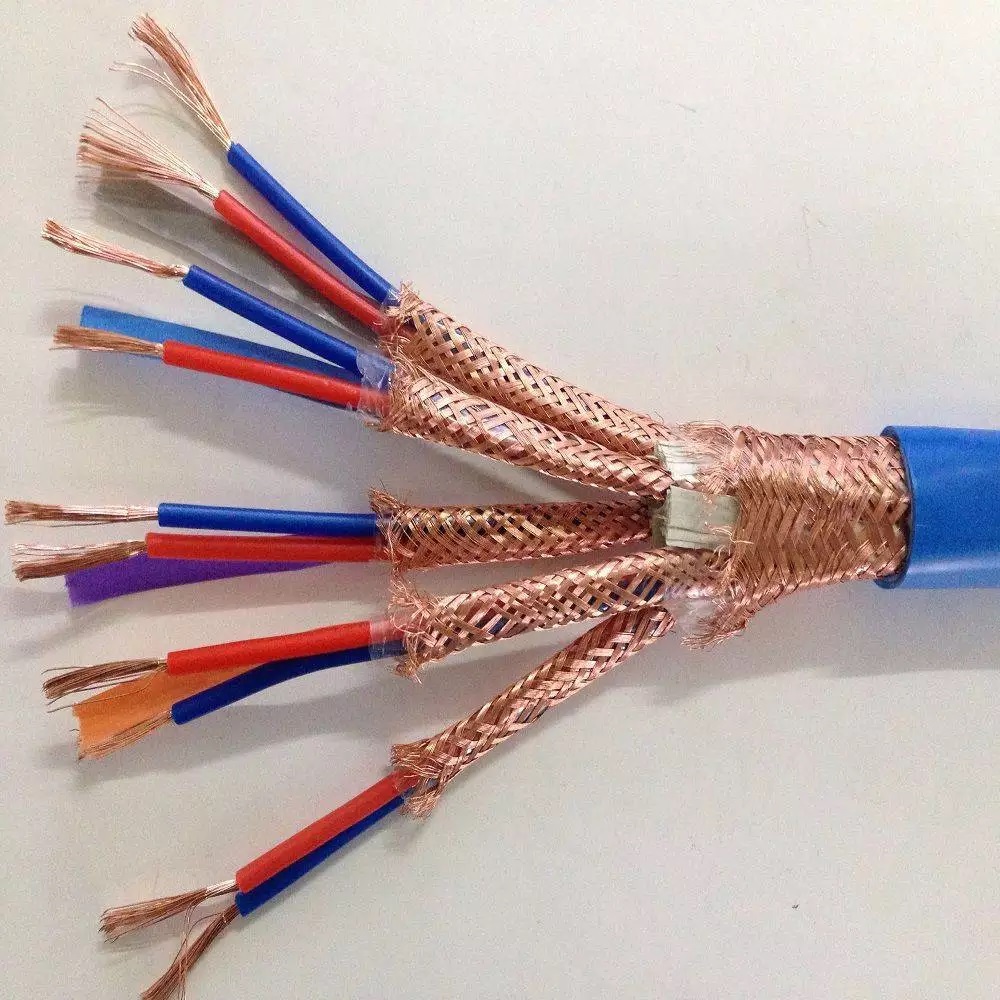Exploring the Impact of PV Cable Weight per Meter in Solar Panel Installations
Introduction: In the realm of solar energy, photovoltaic (PV) systems have emerged as a sustainable and efficient way to harness the power of the sun to generate electricity. These systems consist of various components, including solar panels, inverters, mounting structures, and cables. While much attention is often paid to the efficiency and performance of solar panels themselves, the weight of PV cables per meter is a crucial yet often overlooked aspect of solar panel installations. In this article, we will delve into the significance of PV cable weight per meter, its implications for solar panel installations, and the factors that influence this important metric. Understanding PV Cable Weight per Meter: PV cables are an essential component of solar panel installations, serving as the conduit through which electricity generated by the solar panels is transmitted to the rest of the system. The weight of these cables per meter is a critical factor that can impact the overall efficiency and longevity of a solar energy system. The weight of PV cables per meter is typically measured in kilograms or pounds and is influenced by various factors, including the type and size of the cables, the distance they need to span, and the environmental conditions in which the system is installed. Implications of PV Cable Weight per Meter: The weight of PV cables per meter can have several implications for solar panel installations. One key consideration is the structural integrity of the mounting system that supports the solar panels. The weight of the cables adds to the overall load that the mounting structure must bear, and exceeding the weight limits of the structure can lead to stability issues and potential damage to the system. Additionally, the weight of the cables can impact the ease of installation and maintenance of the system, as heavier cables may be more difficult to maneuver and secure properly.  Factors Influencing PV Cable Weight per Meter: Several factors influence the weight of PV cables per meter in a solar panel installation. One of the primary factors is the type and size of the cables used. Different types of cables, such as copper or aluminum, have varying densities and weights, which can impact the overall weight of the cables per meter. The size of the cables, including the gauge and diameter, also plays a role in determining their weight. PV cable specifications that influences the weight of PV cables per meter is the distance they need to span. Longer cable runs require more material, increasing the weight of the cables per meter. Additionally, the environmental conditions in which the system is installed can impact the weight of the cables. For example, installations in high-wind or high-snow load areas may require heavier cables to ensure the system remains secure and operational. Conclusion: In conclusion, the weight of PV cables per meter is a crucial consideration in solar panel installations that can impact the efficiency, longevity, and safety of the system. By understanding the implications of cable weight, as well as the factors that influence it, solar installers and designers can make informed decisions to ensure the optimal performance of solar energy systems. As the solar industry continues to grow and evolve, paying attention to the weight of PV cables per meter will be essential in maximizing the benefits of solar power and advancing sustainability efforts.
Factors Influencing PV Cable Weight per Meter: Several factors influence the weight of PV cables per meter in a solar panel installation. One of the primary factors is the type and size of the cables used. Different types of cables, such as copper or aluminum, have varying densities and weights, which can impact the overall weight of the cables per meter. The size of the cables, including the gauge and diameter, also plays a role in determining their weight. PV cable specifications that influences the weight of PV cables per meter is the distance they need to span. Longer cable runs require more material, increasing the weight of the cables per meter. Additionally, the environmental conditions in which the system is installed can impact the weight of the cables. For example, installations in high-wind or high-snow load areas may require heavier cables to ensure the system remains secure and operational. Conclusion: In conclusion, the weight of PV cables per meter is a crucial consideration in solar panel installations that can impact the efficiency, longevity, and safety of the system. By understanding the implications of cable weight, as well as the factors that influence it, solar installers and designers can make informed decisions to ensure the optimal performance of solar energy systems. As the solar industry continues to grow and evolve, paying attention to the weight of PV cables per meter will be essential in maximizing the benefits of solar power and advancing sustainability efforts.